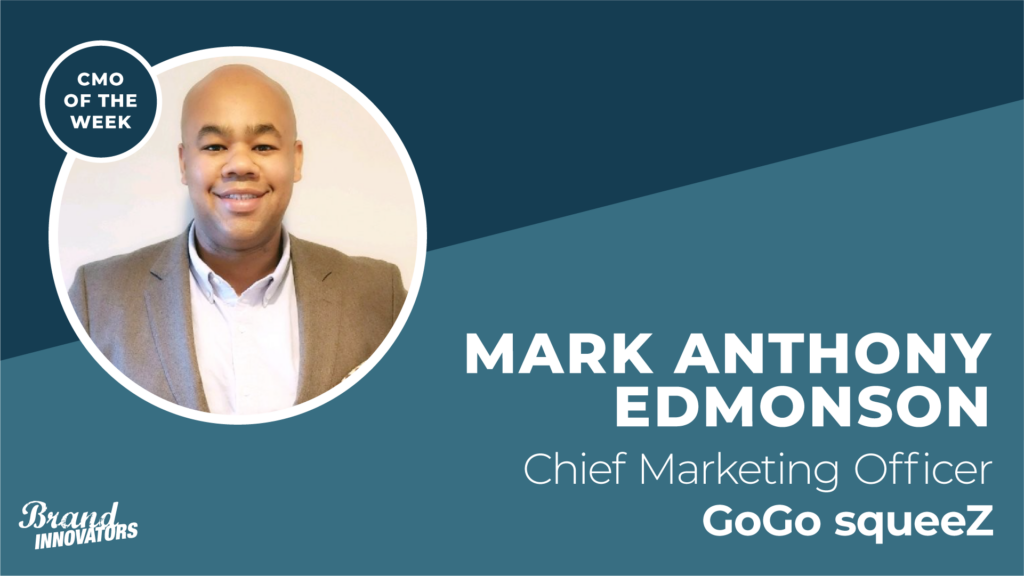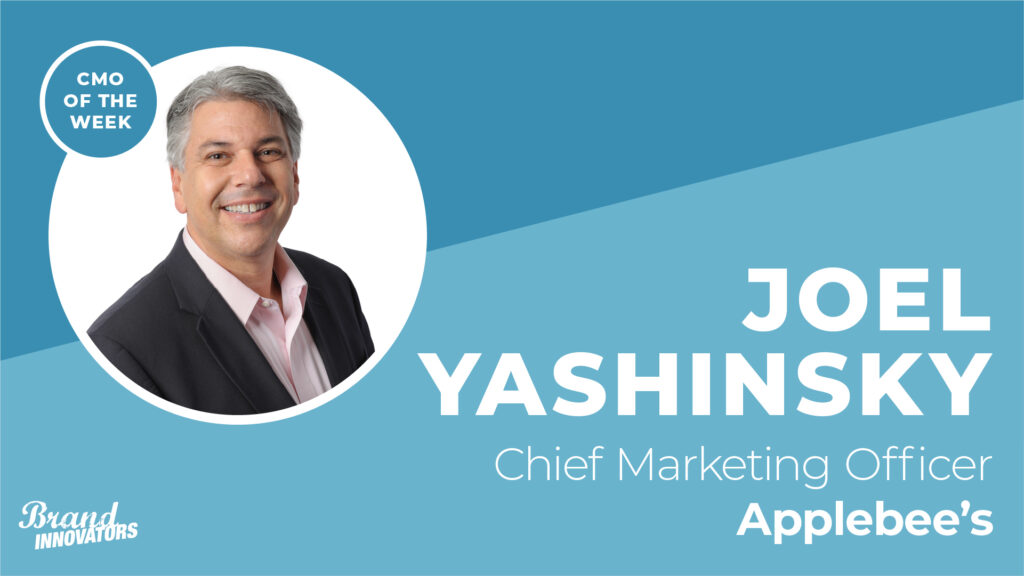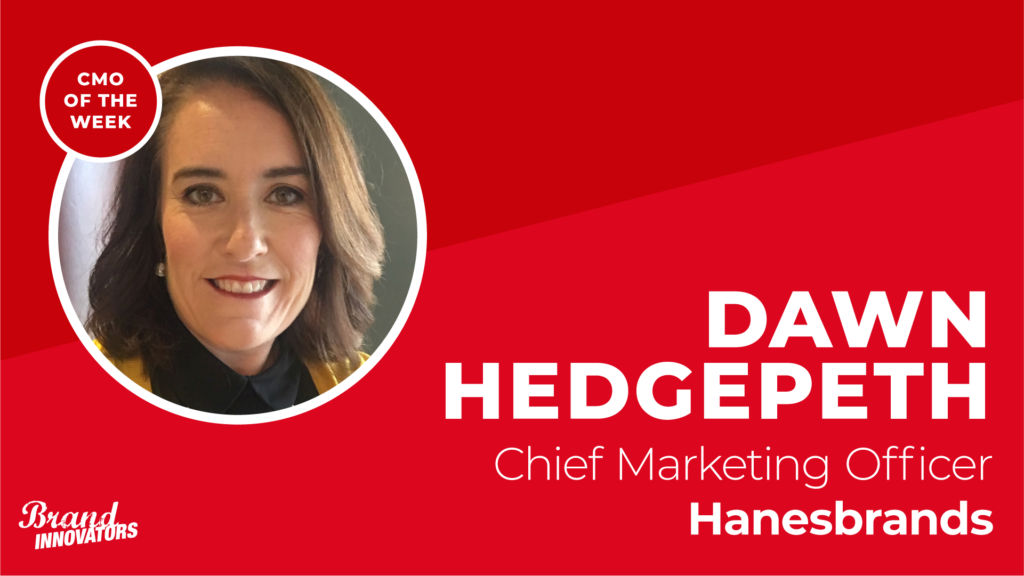Crayola may be 120 years old, but it’s never been more alive and well. The company has 99% brand awareness in the US, 89% awareness among kids and is No. 18 most recognizable product by smell, according to brand metrics.
Even though the company has endured through many generations, the challenge is still to maintain brand awareness. Every year there’s 4 million new kids that come to the brand, but just as many age out of the category, says Crayola’s chief marketing officer Victoria Lozano.
Crayola is more than just crayons. The company positions itself as a lifestyle brand that offers its core arts and crafts products, but also stretches into lifestyle businesses including Crayola Bath, a partnership with Zumba Apparel around kindness and Crayola Flowers that allows you to buy flowers for a cause.
In her role as CMO, Lozano is focused on balancing innovation, lifestyle, and brand and the work matters. “If I do a good job, if my team does a good job, good things happen in the world for kids and that’s just really empowering and inspiring,” says Lozano.
Crayola recently kicked off the Campaign for Creativity, an effort that encourages people to bring small moments of creativity into their daily lives. “How do we help parents and caregivers and kids create these creative moments that nurture their creativity and help them have lifelong creative mindsets,” reflects Lozano.
The campaign stars John Krasinski, who encourages parents to spend time with their kids when they can and to jump in when invited to do art projects or sing karaoke with them. “How do we elevate the conversation around the importance of childhood creativity and the role that it plays in helping kids reach their full potential? How do we just shift the conversation around how creativity is not only valued, because it is already valued, but more importantly, how it’s nurtured,” explains Lozano.
As part of the campaign, Crayola is tapping into a program that started 40 years ago, in which the company displays the creative work of kids in public institutions. The company also reconnected with several people who participated in this program decades ago to see how they use their creativity in their lives today.
Prior to joining Crayola 15 years ago, Lozano held senior roles at Cadbury and Pfizer. Brand Innovators caught up with Lozano from her office in New York to talk about keeping a 120 year old brand fresh, campaign for creativity and hosting kids art shows. This interview has been edited for length and clarity.
What is your approach to storytelling in the Campaign for Creativity?
It’s really about shifting the societal conversation. We wanted to tie into something that was really unique. We don’t think it’s a Crayola conversation. We welcome anybody to be part of this conversation because it’s good for kids. But at the same time, Crayola is uniquely able to lead the charge. We’re tapping into a program that Crayola started 40 years ago. We started a program to collect and display children’s art. It was displayed in the Department of Education, galleries, museums and a lot of government offices. Kids were recognized for their amazing creativity and that program ran for over 30 years. We opened up our archives, which still contain close to about 1000 pieces, then we went out to find some of the original kids behind the artwork. We found several, but there’s three stories that really stood out around the experience to them as kids.
Why did you decide to feature these kids?
It’s an opportunity if you have a chance to pass forward 30 years into the future, what would you see? We found these artists and we were able to hear about their experience when they were kids, when they created that art –most of the time in elementary middle school age– and then how that creativity shows up in their life now as adults in their careers and in their personal lives. How they nurtured creativity in their own kids and how they are passing it down through generations. We captured their stories, which we hope will really inspire others to not only share theirs, and be able to start that conversation, but also to inspire them to really nurture creativity in their own kids and to help create those little creative moments every day.
We partnered with the Ad Council to do research on parents. Parents have a lot going on. Parenting is hard. But sometimes parents also put too much pressure on themselves to have these big experiences that they think have to be perfect. When really the focus should be on small creative moments every day that add up to a big difference. The storytelling really focuses on these authentic real stories to help inspire other parents and caregivers through that conversation.
How are you thinking about innovation at Crayola?
It’s a brand that is incredibly well-defined, but also incredibly broad. So many times we look at it and we say, hey, Crayola could do this and Crayola could do this and Crayola could do this. It’s innovation as it relates to some of the core products and how we, from a marketing perspective, continue to support those businesses.
Can you talk about how your past experiences have helped shape your perspective in this current role?
I grew up in marketing in a classical Fortune 500 CPG environment. Since I joined Crayola 15 years ago, I’ve not only led marketing, I’ve led licensing functions and built our location-based entertainment business, which was really inspired by the idea of how we curate hands-on experiences. How do we create that experience that helped them build meaningful family memories? I’m also right now overseeing our entertainment business with Crayola Studios, and how we really take storytelling to a much deeper level creating kids entertainment IP.
Between the traditional marketing experience, licensing, location-based entertainment media, my experience enables me to look at it from a 360 degrees position. How does the consumer experience the brand? It doesn’t matter what the touch point is. What’s that holistic experience? And then focus on how we bring the brand to life from that perspective. Sometimes as marketers, we get a little too caught up in what we want to say versus what the consumer needs or wants to hear. How do we connect with them in a way that is authentic, relevant and genuinely helpful? If we can crack that code and do that consistently, that’s when magic happens.




